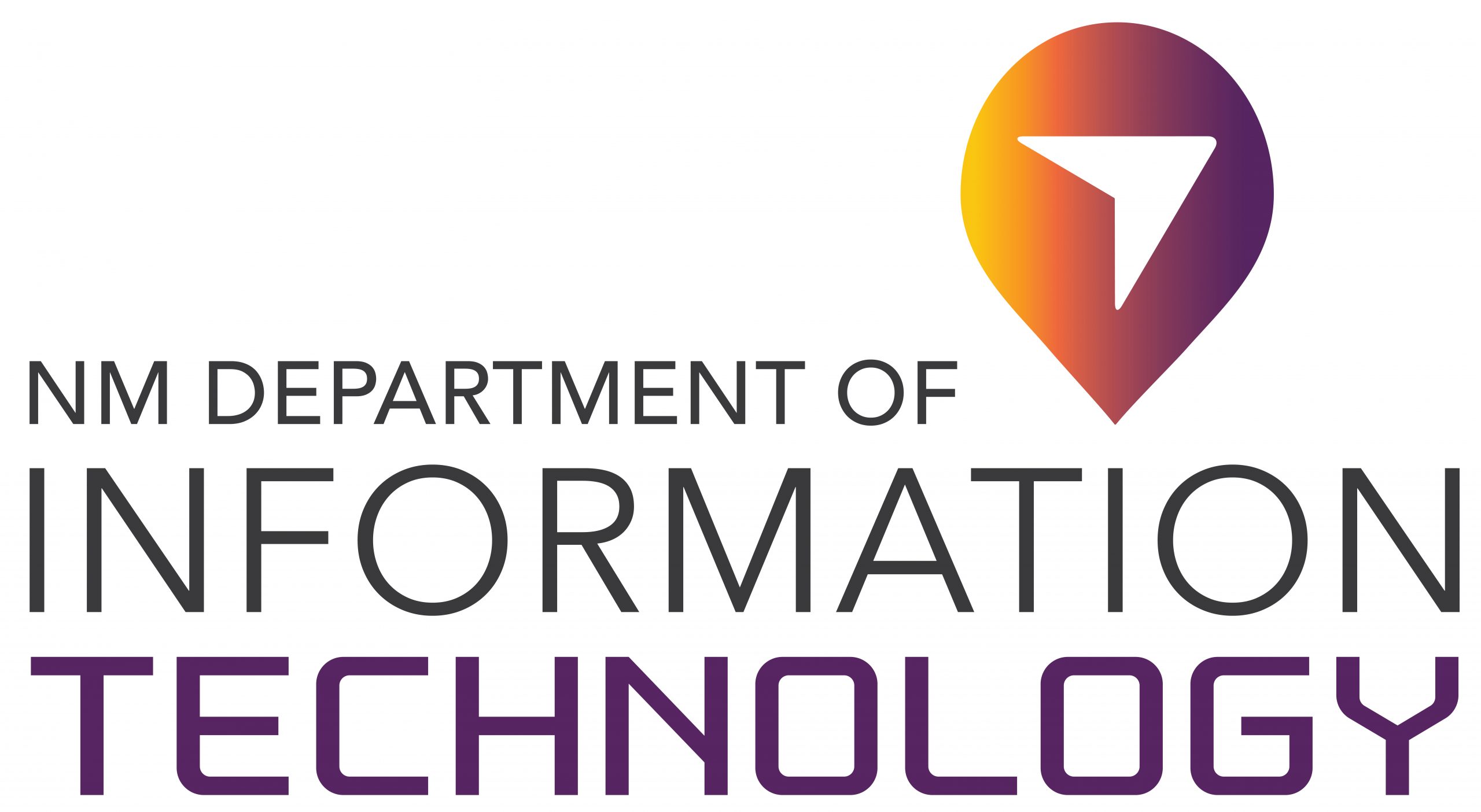Upgraded system eliminates dead zones, connects 78 agencies statewide
SANTA FE — In the rugged terrain of New Mexico, where a lost hiker or stranded motorist can quickly become a life-or-death situation, communication failures have long plagued emergency responders. Not anymore.
“Effective and hardened radio systems help keep first responders safe and connected,” said Manny Barreras DoIT cabinet secretary. “Public safety radio isn’t just technology it’s the pulse of every emergency response.”
The transformation is dramatic. Chris Starr of the Bernalillo County Sheriff’s Office Open Space Unit knows firsthand what the difference means.
“Before switching to the state’s Motorola Radio System, we’d lose communication just a half mile into a search,” said Starr. “Now, with enhanced coverage, integrated zones, and unified talkgroups, our fire, rescue, and search and rescue teams are instantly connected.”
That connection is literally saving lives across New Mexico’s challenging landscape, where traditional methods like texting or cellular service fail when they’re needed most.
The New Mexico Department of Information Technology (DoIT) showcased the success of its Digital Trunked Radio System (DTRS) upgrades Wednesday at the annual DTRS Subscriber Conference, where more than 100 public safety professionals gathered to share stories of coordinated rescues and seamless emergency responses that were impossible just years ago.
With 78 agencies now utilizing New Mexico’s DTRS—and more joining annually—interoperability has become the new standard for first responders statewide. The upgraded system enables secure, cross-jurisdictional communication even in the state’s most remote and rugged terrain, where lives often hang in the balance.
Search and rescue, fire, law enforcement, and emergency teams can now coordinate instantly during critical incidents, eliminating the dangerous communication gaps that once hampered emergency response efforts.
The system continues to evolve with game-changing updates on the horizon:
- Mobile Radio Access: Motorola’s WAVE PTX app, arriving in early 2026, will allow users to access DTRS talkgroups via smartphones over LTE or Wi-Fi, extending reach even further.
- Expanding the Network: New subscribers including the New Mexico Department of Transportation, Department of Health, FBI, TSA, Air Methods, and multiple counties and municipalities including Chaves, Lincoln, Sandoval, Mountainair, Hatch, Bosque Farms, and Sunland Park have joined the network.
- Coming Soon: Eddy County Detention Center launches this month, followed by Santa Fe County Fire and Sheriff’s Office, Torrance County Dispatch Center, and City of Las Cruces Police Department, and Sandia Pueblo.
- Smart Technology: A new DTRS Web Portal launching in November will offer subscribers streamlined access to billing, system maps, radio configurations, and agreements, while automated diagnostics will proactively alert DoIT of potential radio malfunctions before users even report issues.
- Regional Powerhouse: New Mexico continues pursuing interoperability with Arizona, Texas, and Colorado, creating a coordinated emergency response network that spans state borders for regional disasters and resource sharing.
As extreme weather events and emergency situations become increasingly complex, New Mexico’s investment in cutting-edge communication technology positions the state as a model for others grappling with similar challenges.
“When New Mexicans face their darkest moments, our first responders must be able to communicate, coordinate, and save lives without technological barriers standing in their way,” said Barreras.
The conference served as a collaborative forum for agencies to share best practices, explore technological innovations, and align communication strategies for mission-critical operations—turning what was once a struggle against communication dead zones into a coordinated statewide safety net.
###
